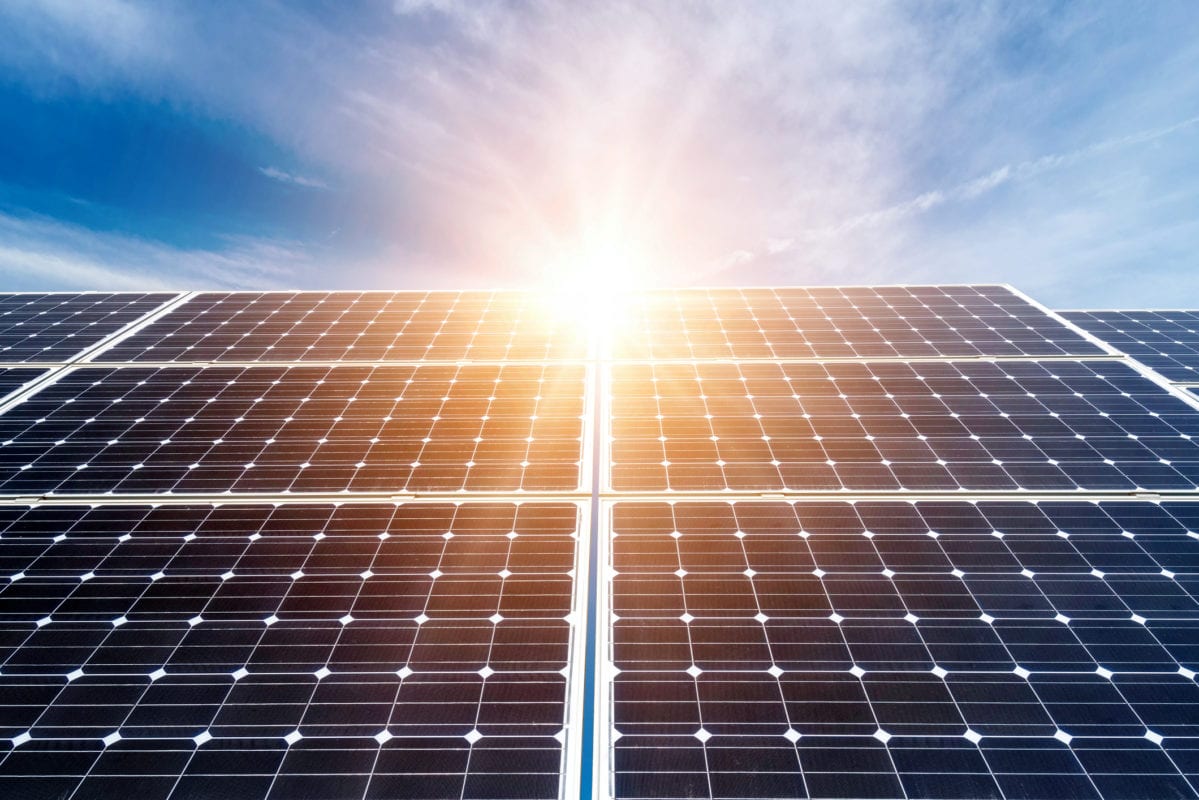Need another reason to love gold? Everybody’s favorite precious metal might revolutionize the solar energy industry.
Scientists at Hokkaido University in Japan have developed a photoelectrode that uses gold to convert far more sunlight to energy than is currently possible. The scientific reports are full of terms like “localized plasmon resonance” and “inlaid depth traps,” but here are the basics:
Most solar panels can only convert 15-20 percent of sunlight into electricity. That’s enough to power a boom in solar energy, but scientists are working to make panels more efficient.
The team at Hokkaido took the semiconductor, which turns sunlight into electricity by agitating electrons, and sandwiched it between a layer of gold nanoparticles (that’s a fancy word for incredibly tiny) and a 100-nanometer thick layer of gold (that’s one-thousandth the width of a strand of hair).
That’s not much gold, but it’s enough to create a mirror effect, trapping the rays and allowing the semiconductor to absorb much more light and convert it to energy. The researchers were amazed that the 15-20 percent efficiency soared to more than 85 percent.
The discovery, published in the journal Nature Nanotechnology, is still in the experimental stage, but appears to have great potential.
“Using very small amounts of material, this photoelectrode enables an efficient conversion of sunlight into renewable energy, further contributing to the realization of a sustainable society,” the authors wrote.
That’s good news on two fronts: thanks to gold, the more can save on energy bills, the more we can save at Dallas Gold & Silver Exchange.

